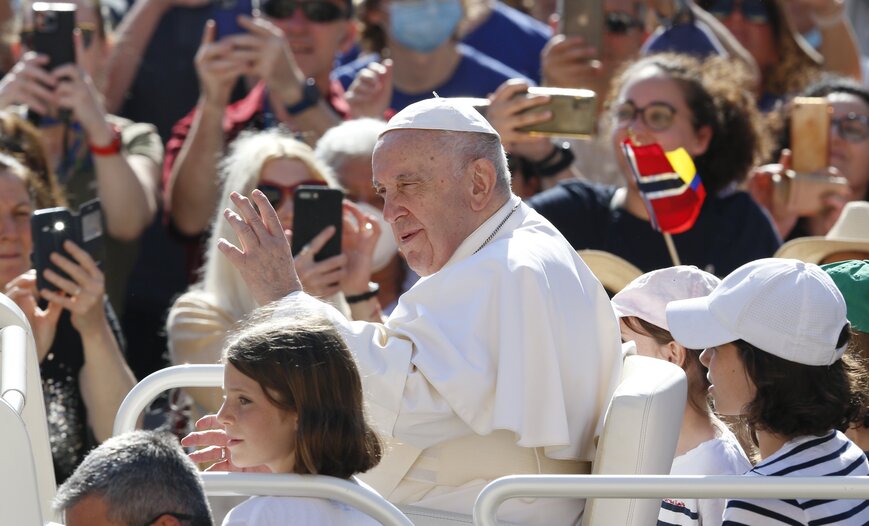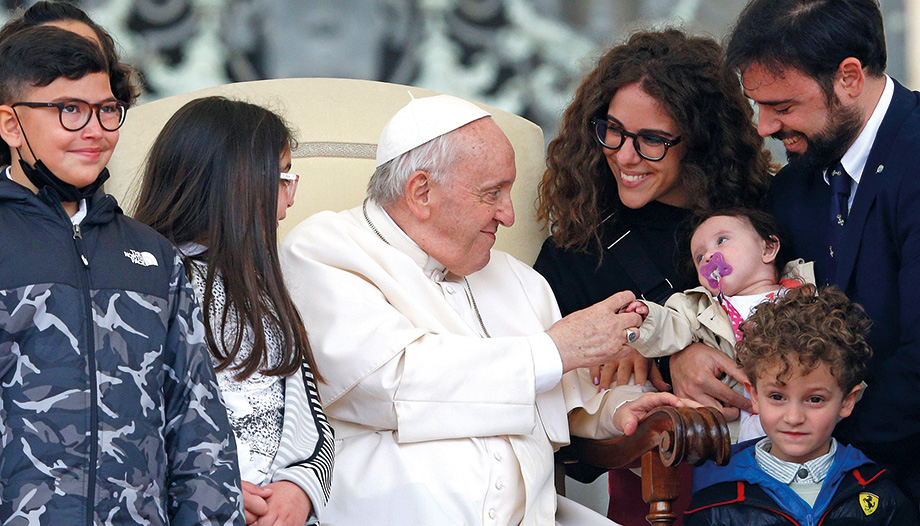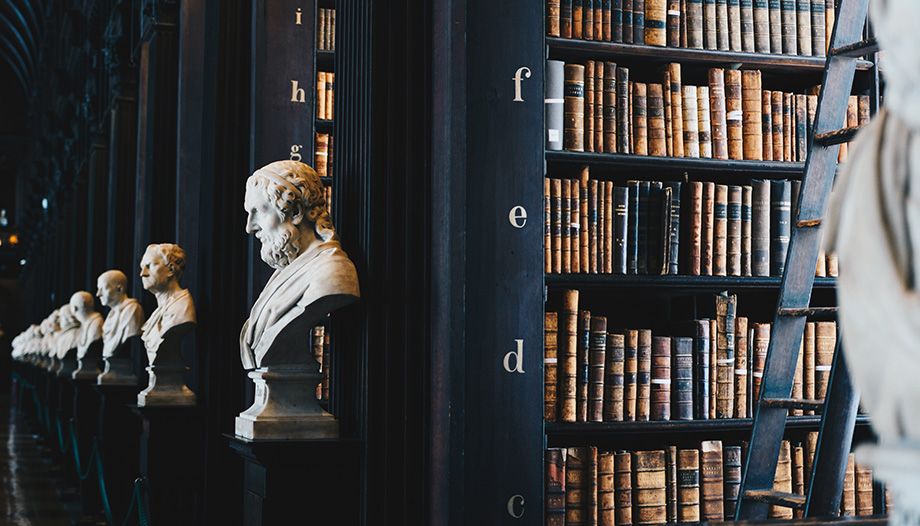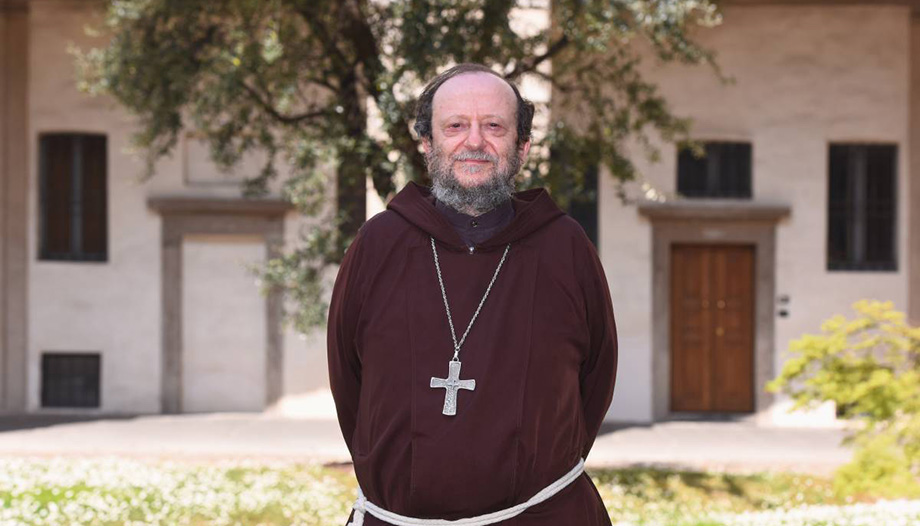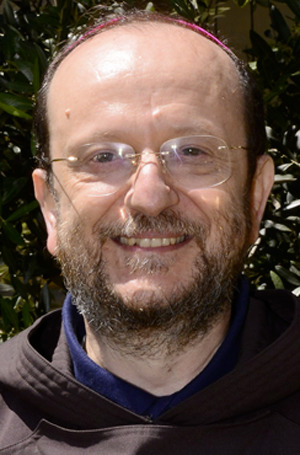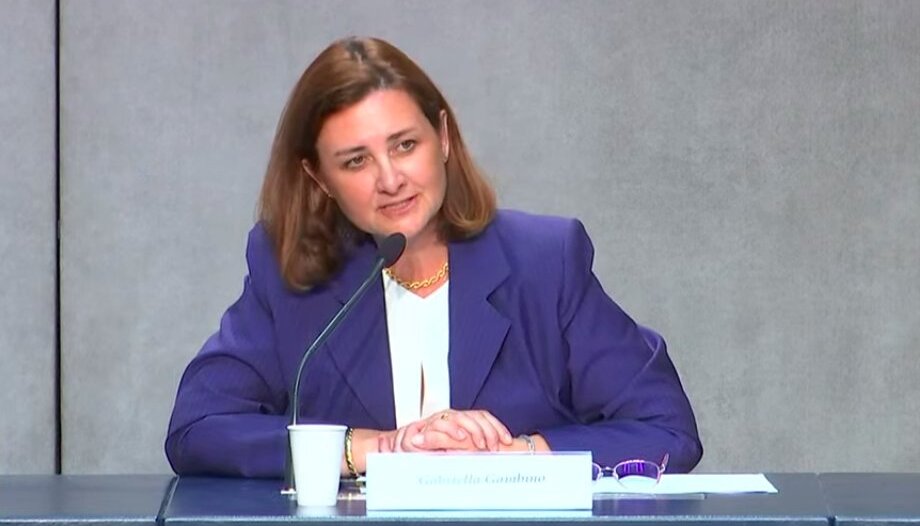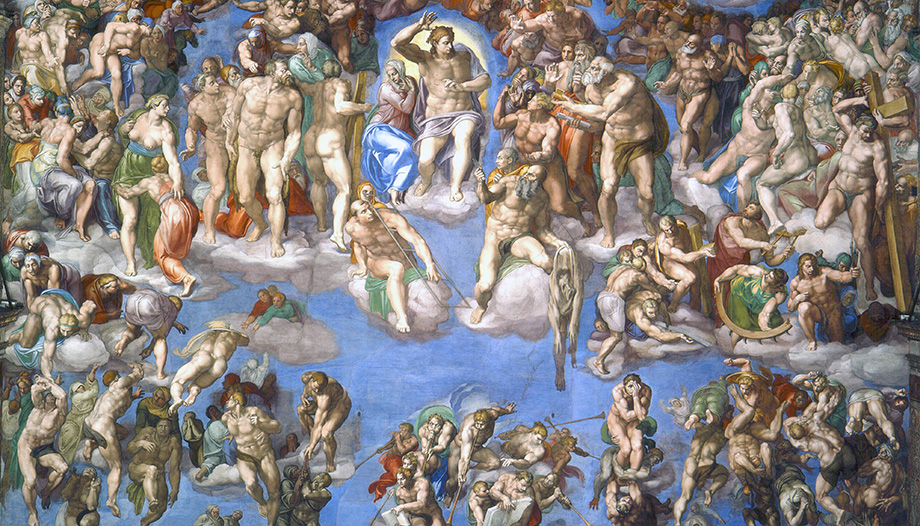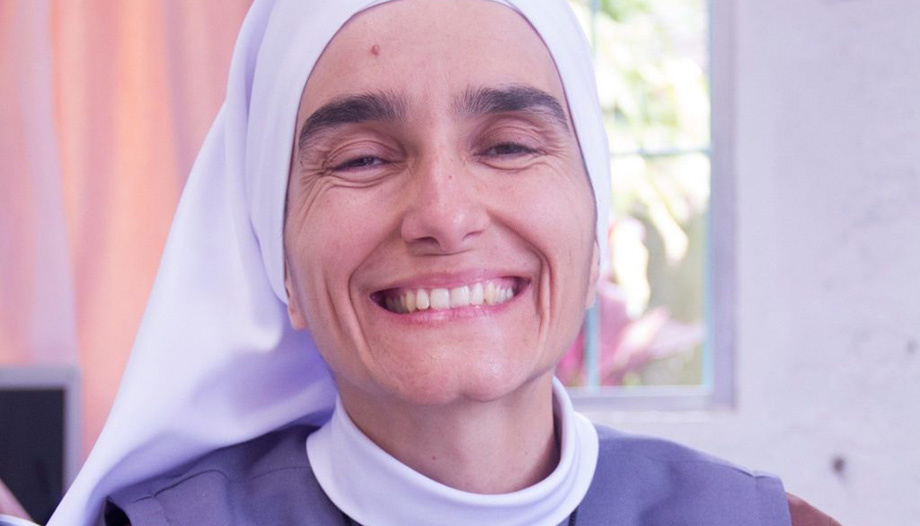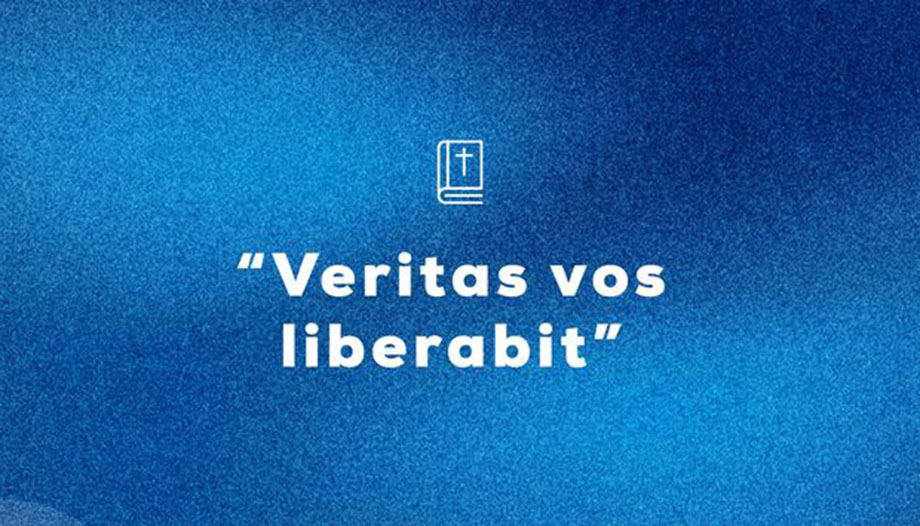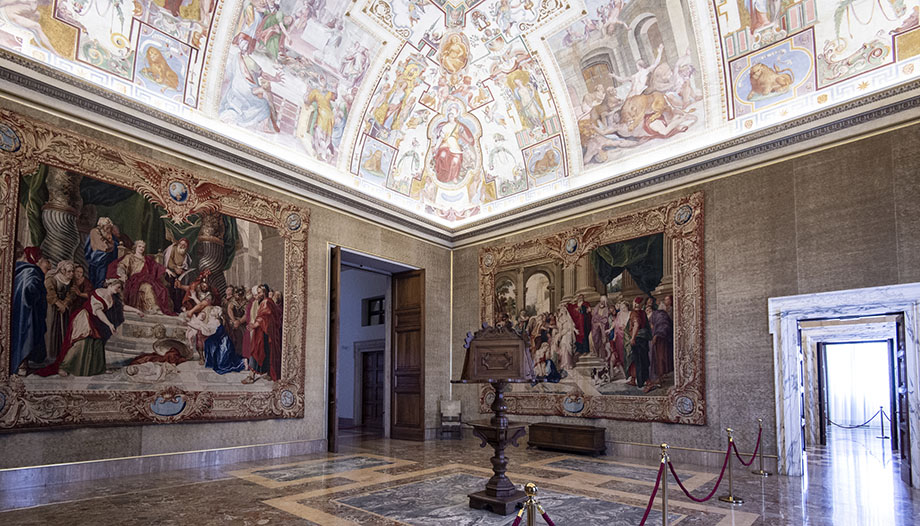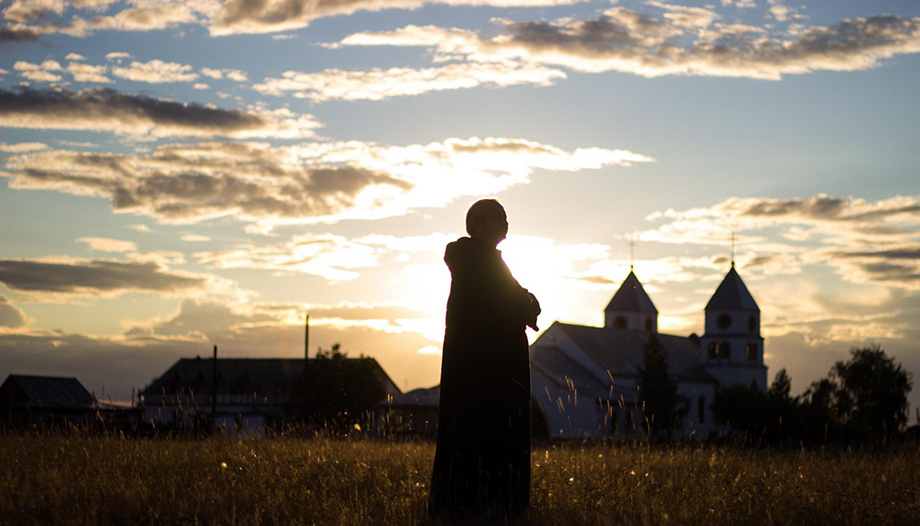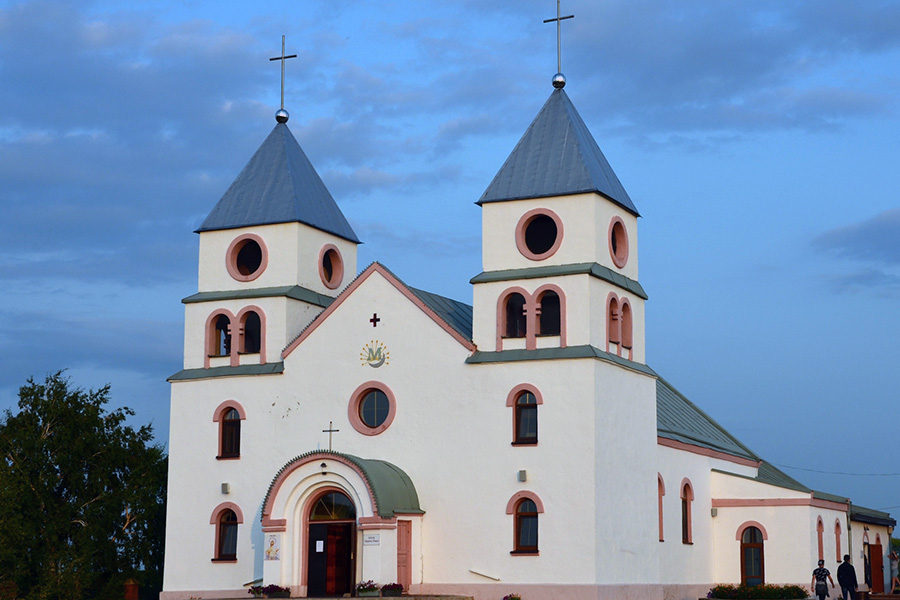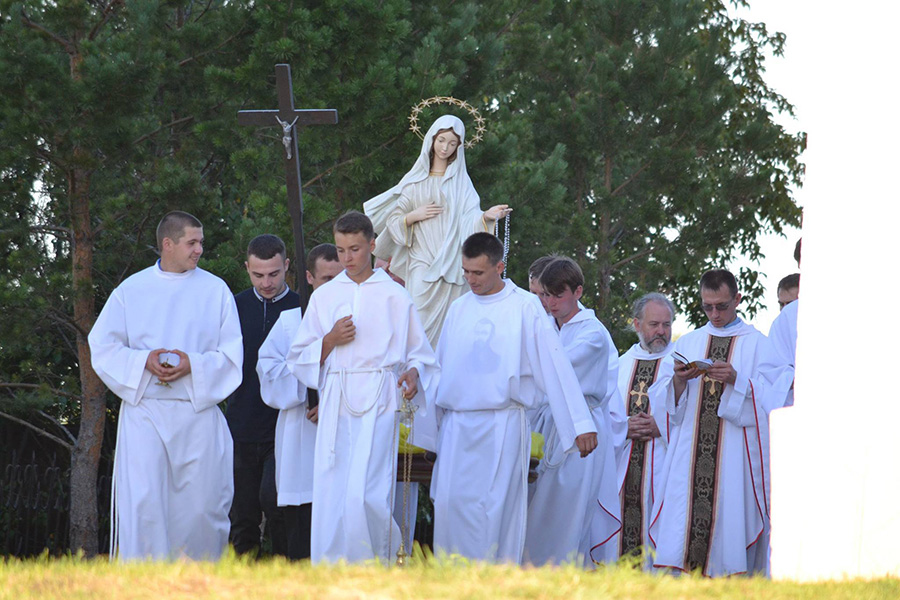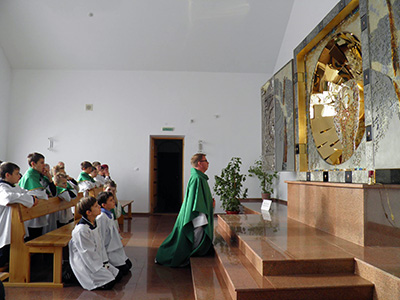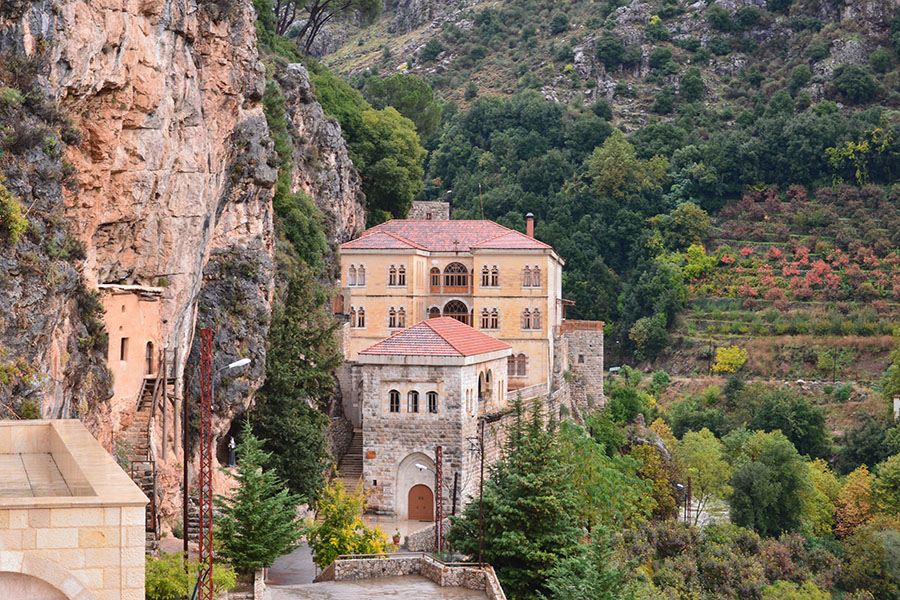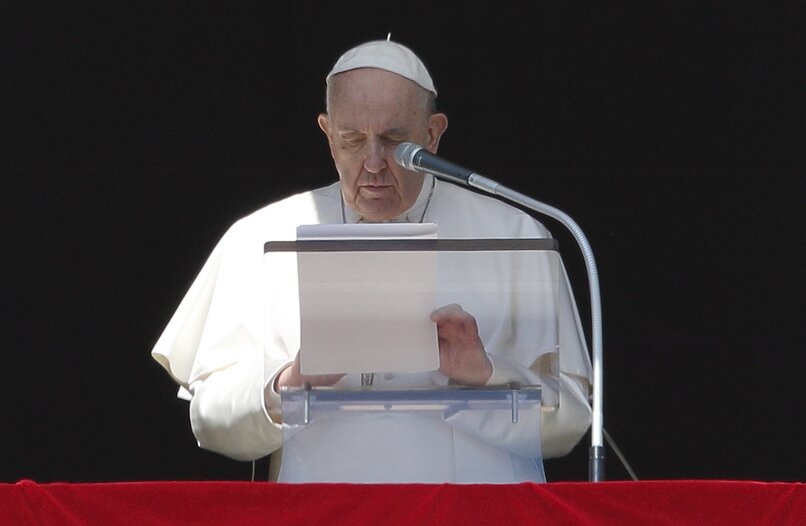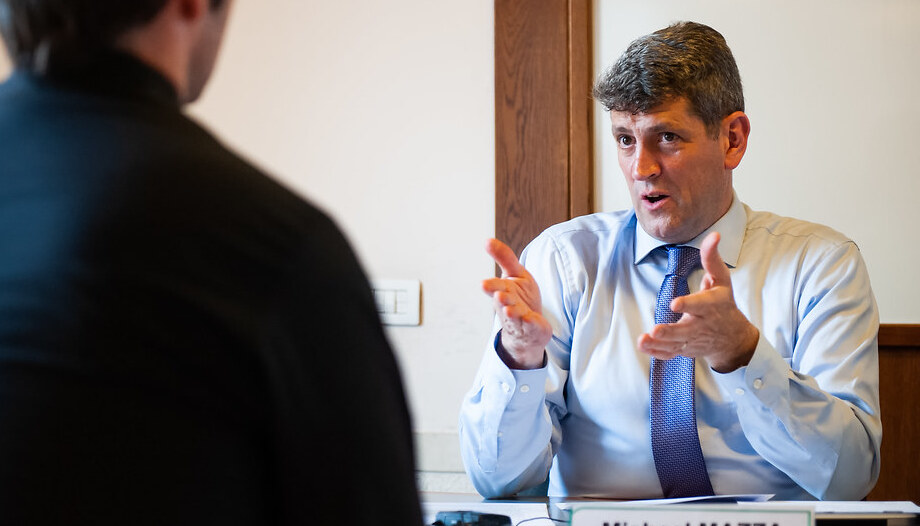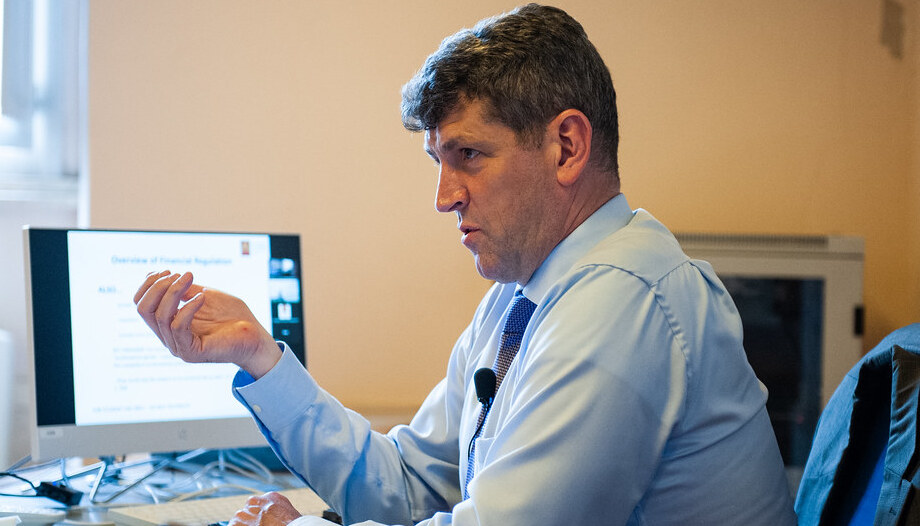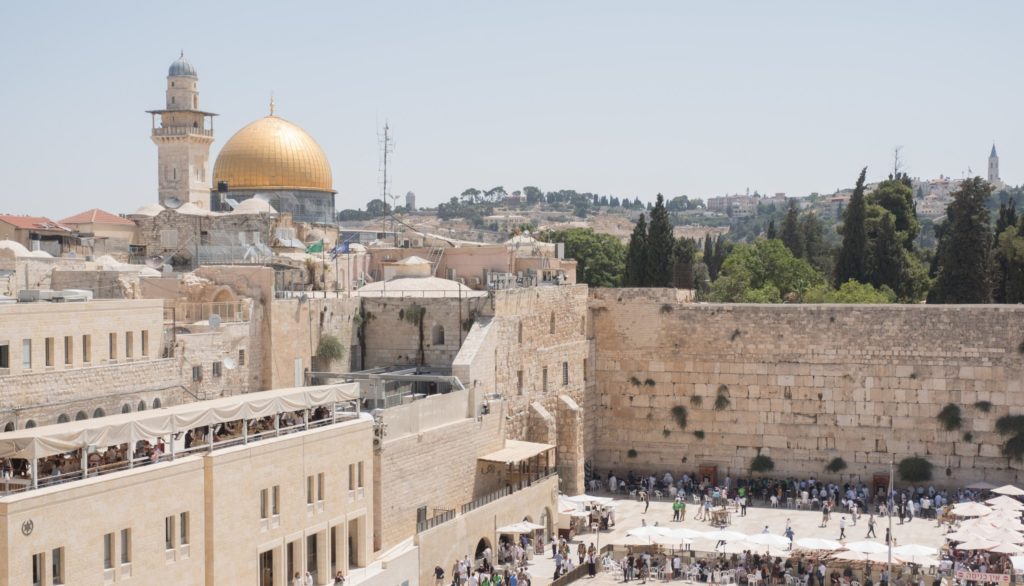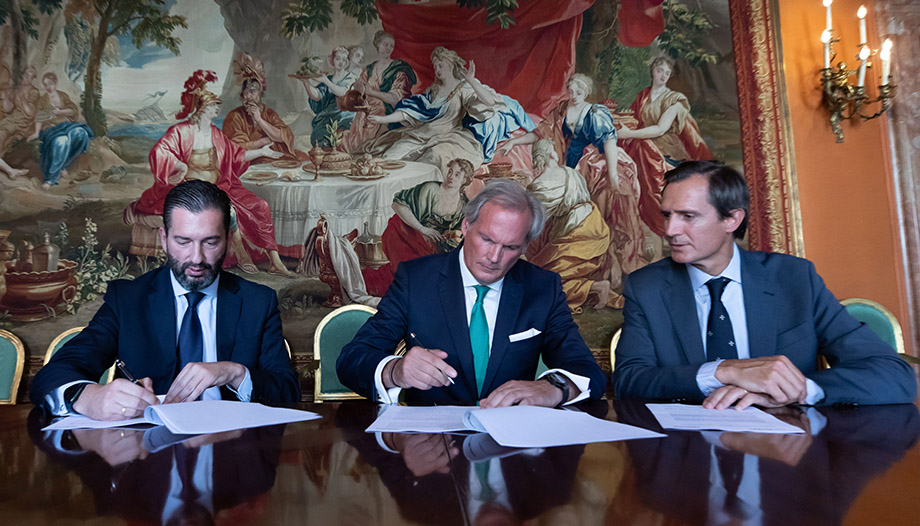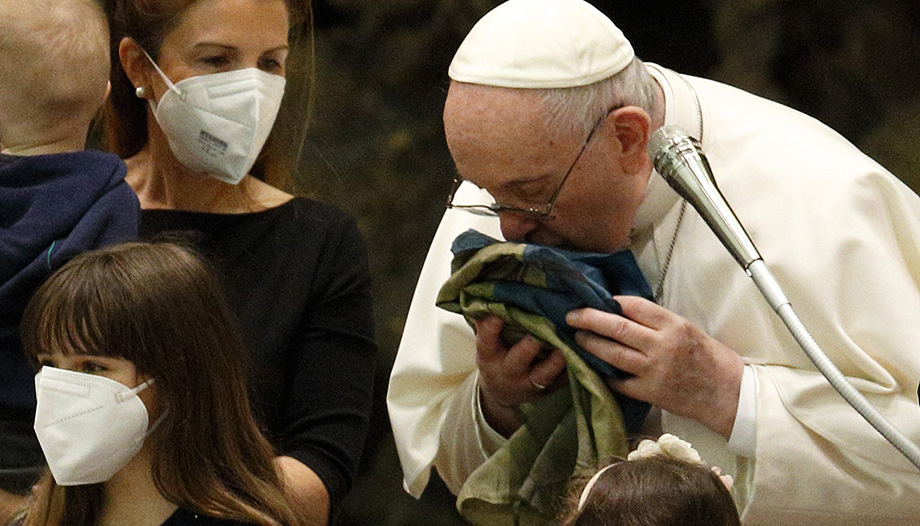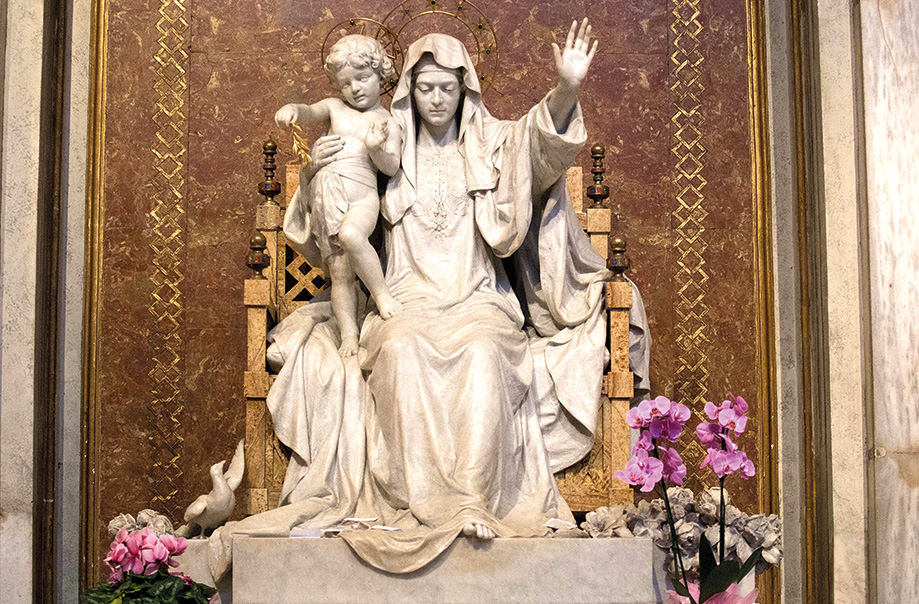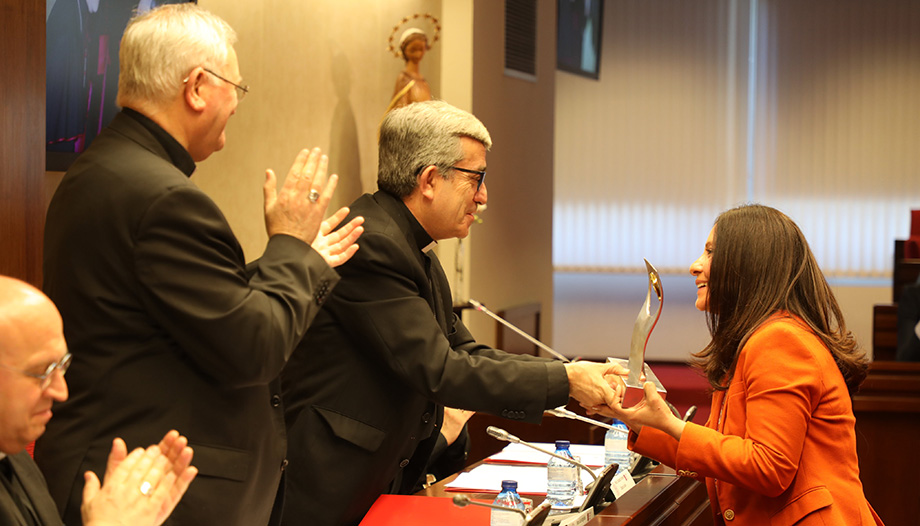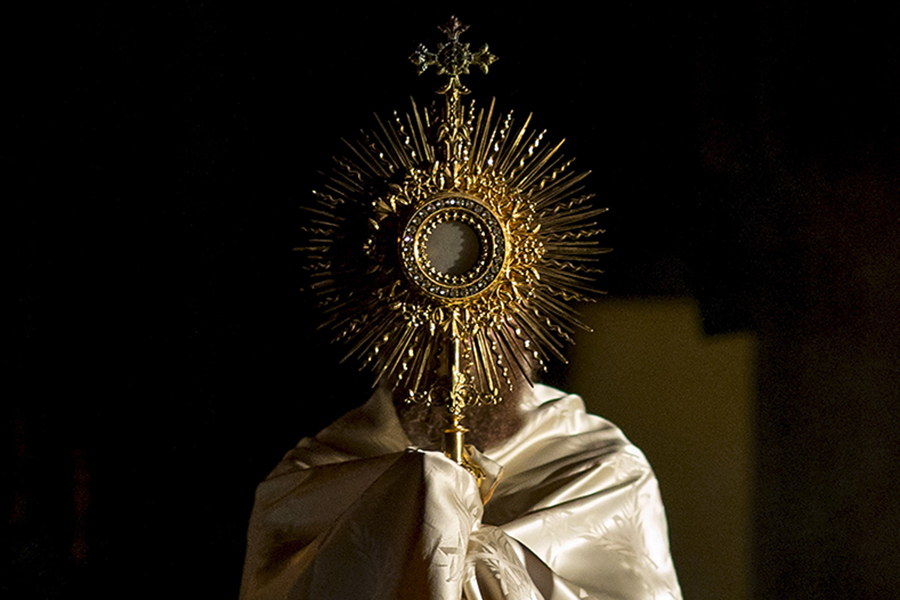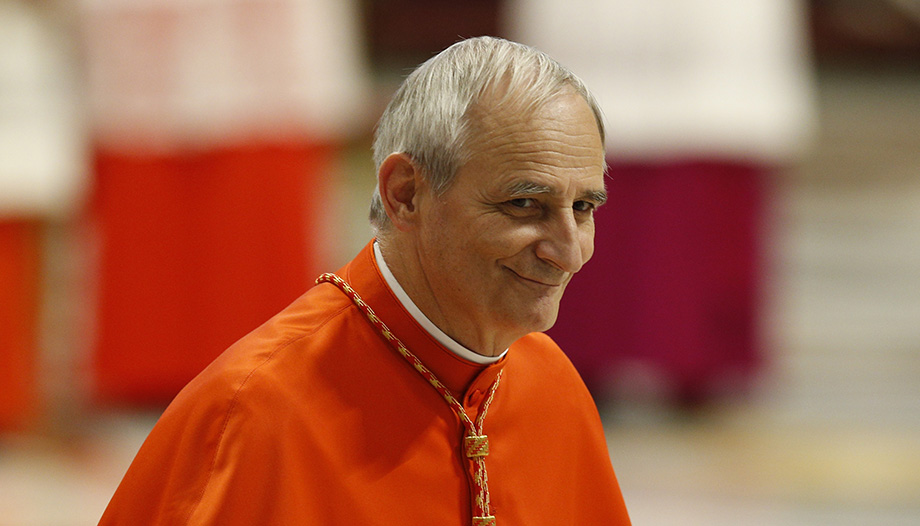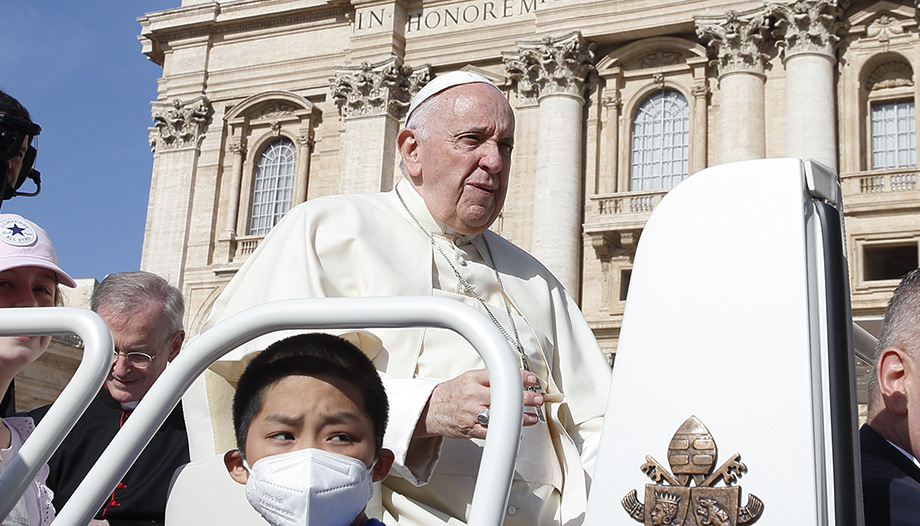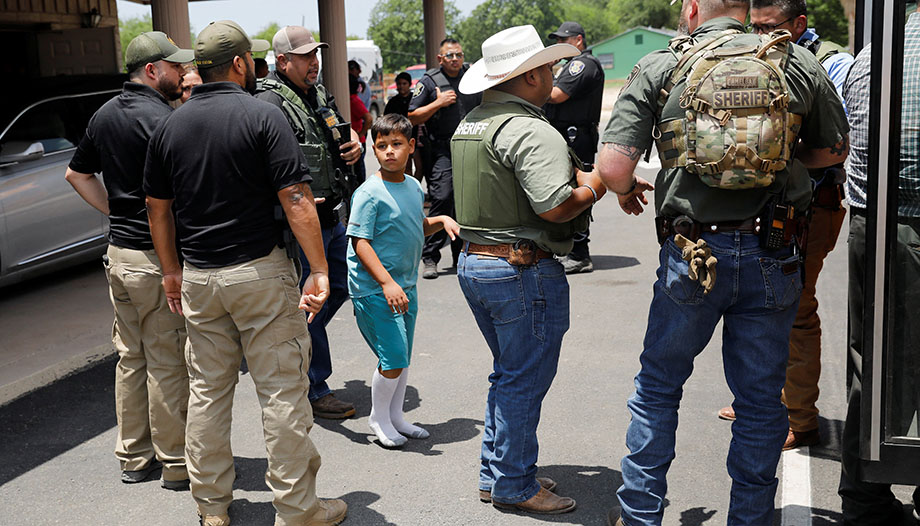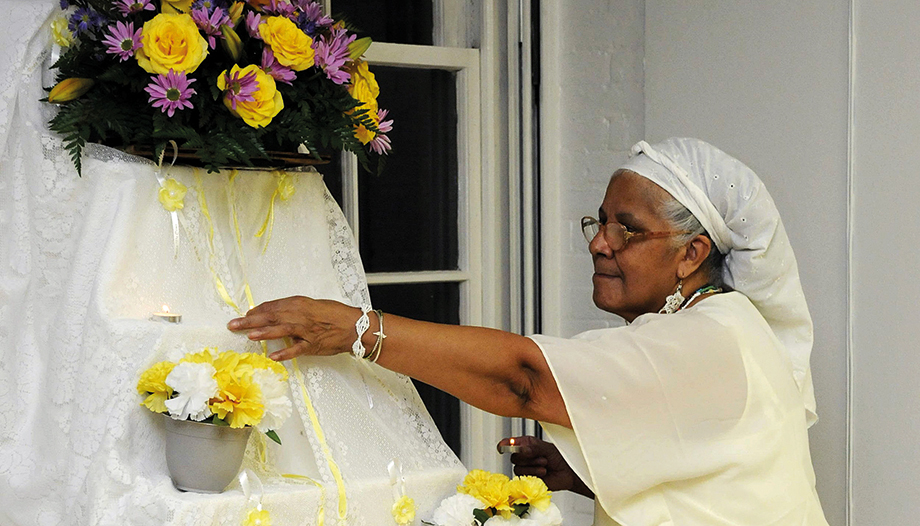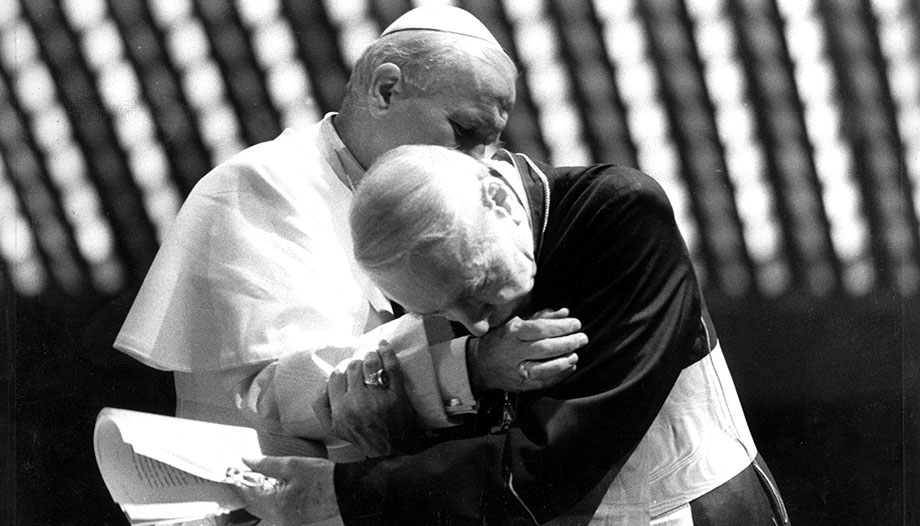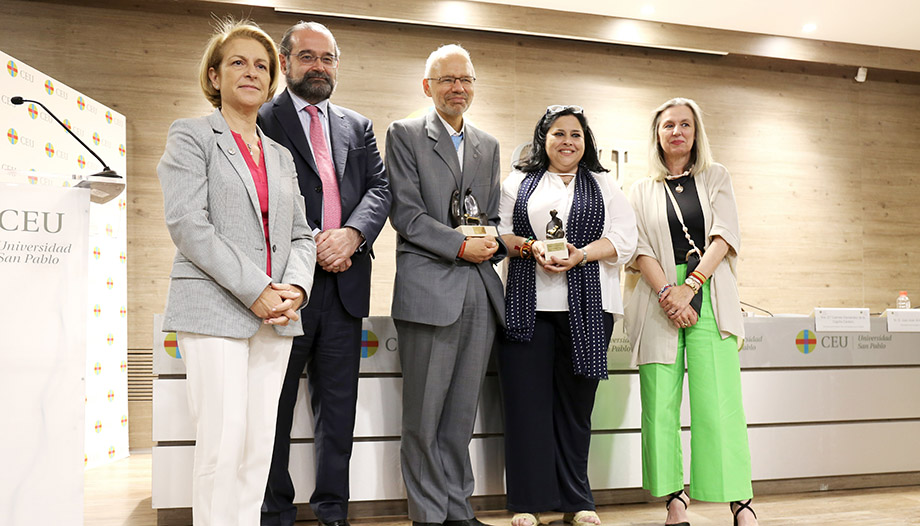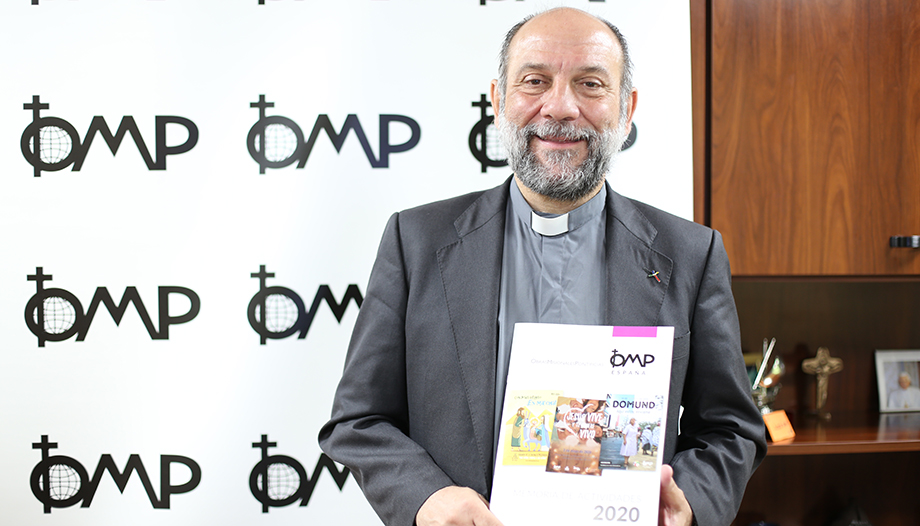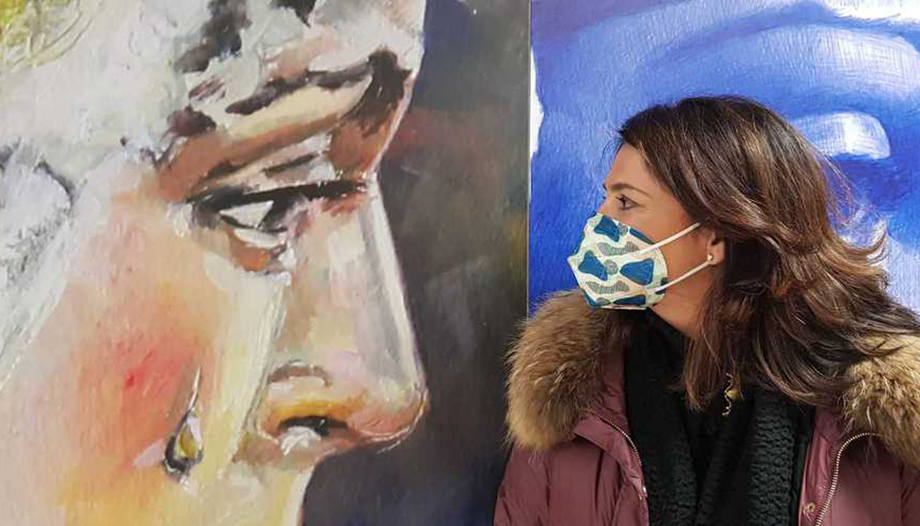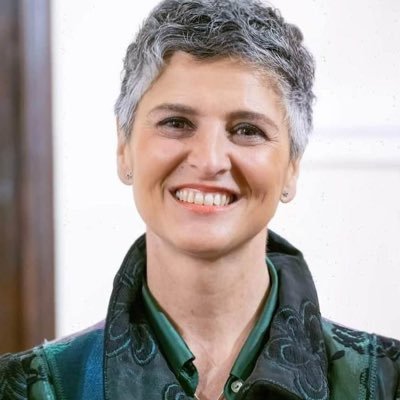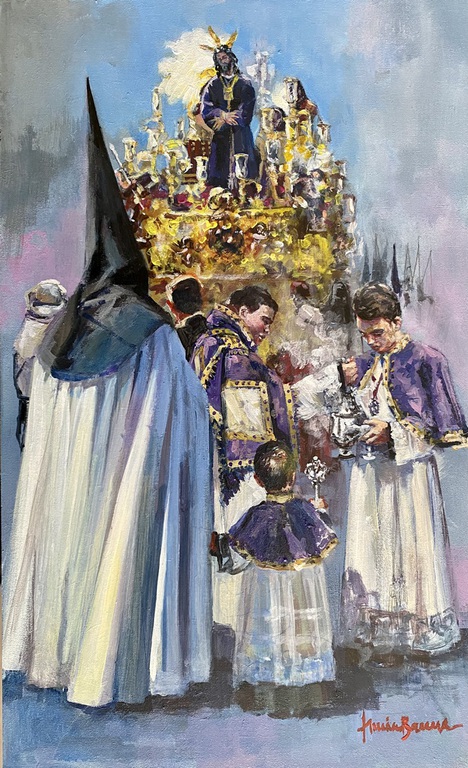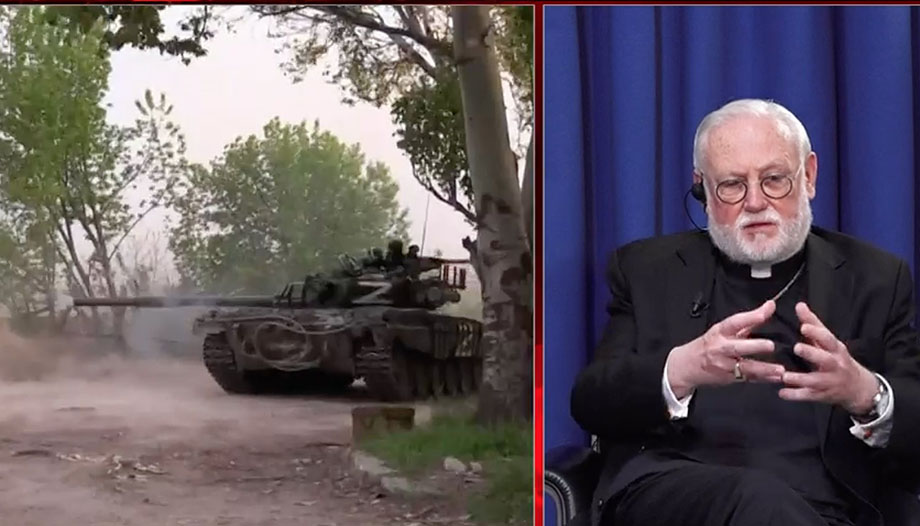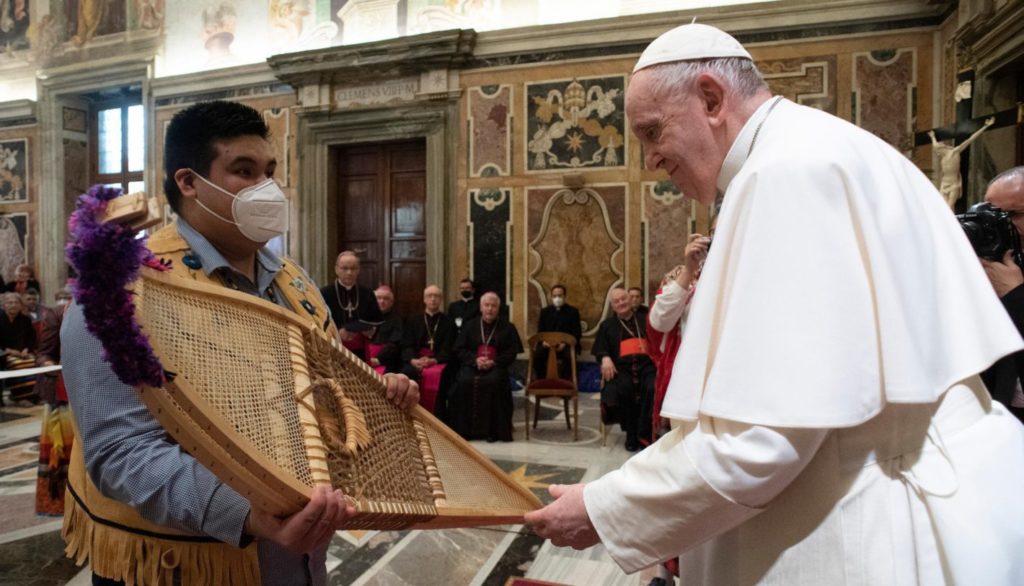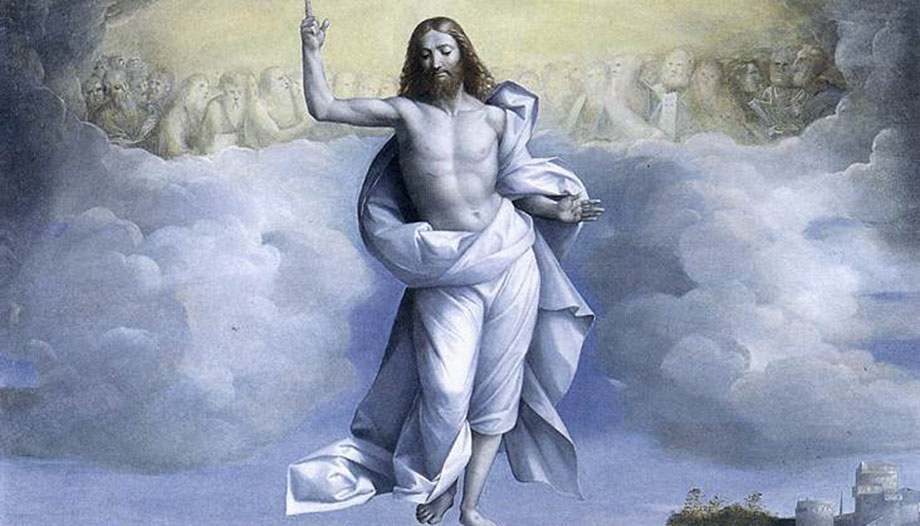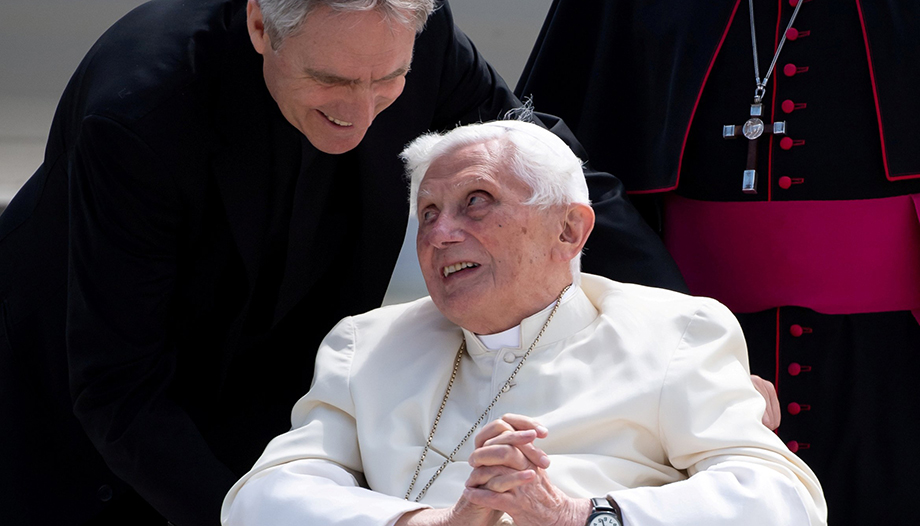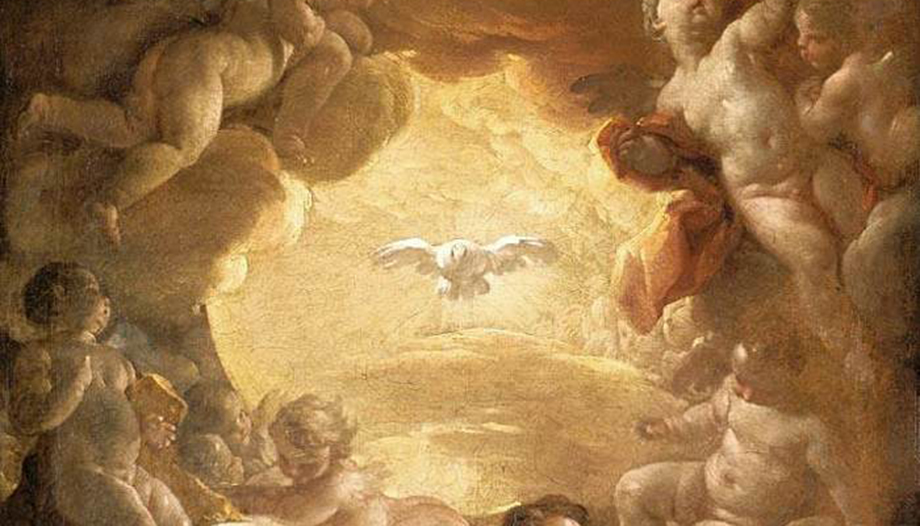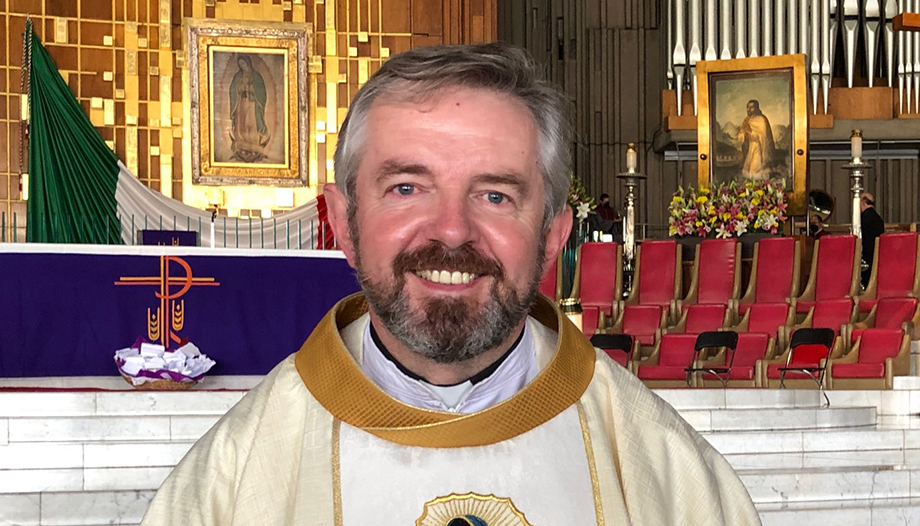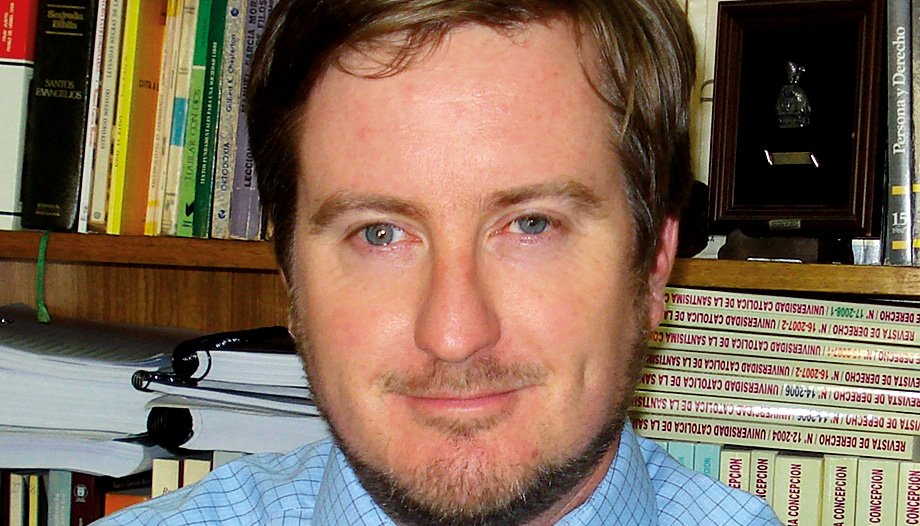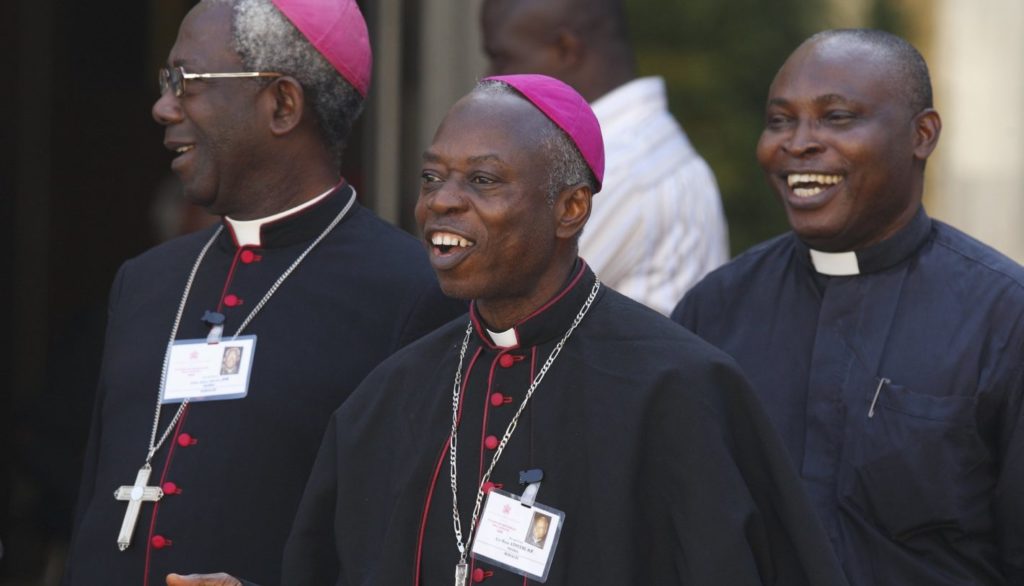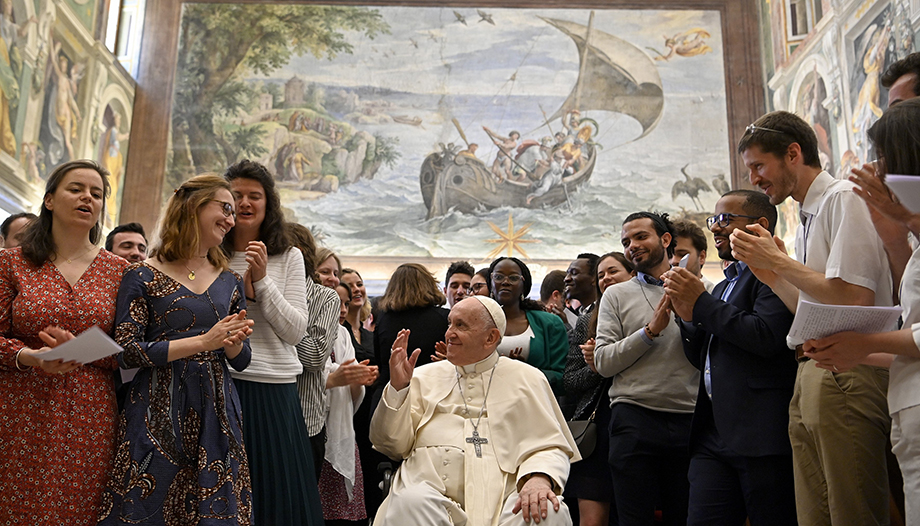A big year. This is how the Pontifical Mission Societies describe 2022. And no wonder. Several celebrations and anniversaries coincide this year: May 3 marks the 200th anniversary of the founding of the Work for the Propagation of the Faith, the germ of the Domundthe first centenary of the creation of the Pontifical Mission Societies - after Pope Pius XI took over the missionary initiatives of Propagation of the Faith, Missionary Childhood and St. Peter the Apostle - as well as of the first publication of Illuminarethe magazine of pastoral missionary work.
These celebrations are in addition to the 400th anniversary of the canonization of St. Francis Xavier, patron saint of the missions, and the 400th anniversary of the institution of Propaganda FideThe Congregation for the Evangelization of Peoples, which came into being on June 12, 1622. All this together with the beatification of Pauline Jaricot, foundress of the Work for the Propagation of the Faith.
Within the Pontifical Mission Societies, this coincidence of dates resounds as a special call to go back to our roots and to know "how this exciting story was born, which has borne much fruit and must continue to bear fruit", in the words of the director of the Pontifical Mission Societies in Spain, José María Calderón.
This is a singularly marked and special year for the Pontifical Mission Societies. How is the PMS living this year 2022 internally and externally?
-For us it is a great opportunity that God has given us. Now there is a lot of talk about reform and sometimes it seems that to reform is to throw away everything that has gone before and build something completely new. That is not reform in the Church. Teresa of Jesus said that reform is back to sources. Inwardly, the international president of the Pontifical Mission Societies, Bishop Dal Toso, is insisting very much on this return to the roots, to the sources of our mission in the Church.
These centenaries invite us to look to the founders, and to those who began this task, to see what we have lost from that they wanted and for which they were inspired by the Holy Spirit. An opportunity to consider what points we should to make our products to recover the original charism, what the Lord wanted to give to the Church at that time, because it is still relevant today.
That does not mean going back to the methods of that time. Thank God, today we have others. When the Church "adapts" to the world, it does not mean that it forgets the Gospel - which is the key - but rather that it looks to the Gospel and, with great honesty, applies it to the situation we face today.
Outwardly, we are not going to do anything particularly extraordinary. It is true that everything we normally do will have this theme in mind. We want our ordinary work to have these centenaries as a background and thus help those who work for the mission to get to know the roots, how this exciting history was born, which has borne much fruit and will continue to bear fruit.
Considering all that was done so many years ago, can it lead to the idea that "any time in the past was better"? Are the missions still as alive today?
-If the mission were not alive today, the Church would have no meaning, because the Church was born for the mission. If the Church does not evangelize, what is it for?
In Ecclesiology we study that the ends of the Church are the sanctity of its members and the evangelization of peoples. If we remove the latter, the Church has lost its meaning. In fact, I firmly believe that one of the great dangers of the Church in the 21st century is the loss of apostolic zeal, the lack of enthusiasm to bring Jesus Christ to others.
We have become drowsy, we have become closed in on ourselves, in what Pope Francis calls "the world's most important people". self-referentiality.
But no, the Church has not lost it; many Christians have. Many Christians have lost their enthusiasm for evangelization and when I say Christians I include all Christians. Now, the Church cannot lose it as an essence, because it is her own, it is her nature, it is in her DNA. If the Church does not want people to know Christ, then we close the little place and dedicate ourselves to other things.
I do not know if any past time was better, because I did not live it. I live in the present and I care very little if the past was better or worse, because this is the time in which God has placed me and this is the time in which we live.
We can compare ourselves with previous eras and there will be better things, no doubt, and worse things, no doubt. Hiding my limitations in what the past was does not help me in any way, other than living on nostalgia.
In addition to all this, I firmly believe in God and the Holy Spirit, so if God has placed me in this era, He also gives me the grace to live it.
If the Church is in the world today, as it is, she is giving us the grace to live faithfully and to fulfill her will.
If God is with me, whom shall I fear? I always say that I am on the winning team, because I am on Christ's team and Christ has won. It is not that is to expireHe has already conquered on the cross and in the resurrection. Perhaps his victory is not completely visible, but I am on that team, even if there are moments when he makes me go through the cross, of pain and uncertainty.
In this loss - or gain - of missionary zeal, can we fall into two opposing temptations: that of fervor taken to the extreme, without openness to dialogue or, on the contrary, that of "anything goes" and it is better not to "get into trouble"?
-These extremes are there and always have been. Pope Francis, in fact, denounces these two things.
For me, indifference is more serious. I believe that the serious problem of the generalized atmosphere among Christians is to say "I am indifferent.I am not who to give criteria"and, therefore, we are more conformist and we are accepting of anything because "it does not influence us". But it is also true that there is rigorism, and this is not being Church either.
What I refuse to say is that misunderstood proselytism is what the missionaries in Africa or America, like Comboni, have done. That is to carry Jesus Christ in one's soul and to spread that love and faith in Jesus Christ.
If a Christian is not contagious, he is not living his faith, because faith is contagious. Faith is the greatest treasure we have. When one lives it in love, it shows. When you live it as a nuisance, you are not able to move anyone.
The danger lies in making a pact with mediocrity, with that "everyone is saved...". Is that compatible with the words spoken by Christ: "Go into the whole world and proclaim the gospel to all creation. He who believes and is baptized will be saved."? I am going to try to make many people know Christ and fall in love with him because what a sad life without Jesus!
Missions are valued positively by Christians and non-Christians alike, but perhaps more as an NGO. Do we fall into this conception even within the Church?
-This is a mistake. The mission is not to do social work, it is to bring Jesus Christ, it is to transmit faith, it is not to transmit values.
The values are transmitted by the government - which is the one that has to promote civic values, fraternity, solidarity, etc. - those common, human values. The Church has other values that go far beyond these human values and are summarized in the three cardinal virtues: faith, hope and love. Love is the capacity for forgiveness and mercy.
The State has no mercy, we do, because we are Christians.
It is true that when one goes to a place to evangelize and sees that they are hungry, one cannot be indifferent to the hungry, because Christ also says: "I was hungry and you fed me." Therefore, we cannot sit in the dining room to eat seeing that I have a poor person at the door.
The missionary, seeing the spiritual, material and physical needs of people, goes out to meet them to the extent that he helps them. But knowing that, through this, what he is exercising is the charity of Christ. What moves his heart is to see Christ in the other person. As Mother Teresa of Calcutta said: "I was hungry and you gave me food, but not only hunger for bread but also for the word of God". It is a mistake to confuse the work of the missionaries with a merely social work.
Thank God, in the world, there are fantastic NGO's, that do a great work, of saving and helping, and much better than the missionaries, because they have more money, more means and more professionals. But they cannot replace the work of the missionaries, because the work of the missionaries is something else.
At Deus Caritas EstPope Benedict XVI pointed out that "the Church can never feel dispensed from the exercise of charity as an organized activity of believers and, on the other hand, there will never be situations in which the charity of each individual Christian is not needed, because man, beyond justice, has and will always have need of love".
I cannot ask an NGO to love me. I can ask the Church: to show me the love of Christ and, through this love, to love me. May she love me with my limitations, my sins, my poverty..., may she love me, even when humanly it seems that I do not deserve it.
Evidently, the work that missionaries do to help the development of communities and peoples is spectacular. Many missionaries are where there was nothing, in places where politicians do not intervene.
In those remote places, who are they? Missionaries who open a school for girls who would never have had access to education otherwise.
Have we become more fixated on things and less on souls?
If you ask any non-Catholic today about the Church, they will tell you something like: everything is bad except the missions and Caritas. In both cases, they look favorably on us because of the work that the missionaries do at the social level. Hopefully, through this, those who at least judge the Church well in this aspect will be able to discover the background to this and it will help them to change their hearts.
It is true that the missionaries, when they present their testimonies, speak of the children that they have taken out, for example, from organ trafficking, but they also speak of their vocation, of their existence, of how they find Christ in that child and how they help that child to meet Christ. Therefore, this can be a lever to meet Christ.
It seems, also among Christians, that we value social work more than evangelical work. It is also true that in OMP when we do things we try to emphasize only the evangelizing work, because other NGO's take care of the rest. The Domund is not to build wells or hospitals. The Domund is to evangelize, to bring Jesus Christ and to maintain the Church where it is, the Church, a diocese, a vicariate... For example, so that they have gasoline and can reach the most remote villages to say Mass.
When the works that today make up the PMS were born, the focus was on distant countries. Today, how do you combine this "double" mission, the one close to you and the one in those countries where the Church is less present?
-With data in hand: in Europe, there is one priest for every 4,142 people; in Africa, there is one priest for every 26,200; in Asia, one for every 44,600 people... This is what we have.
Is it necessary to evangelize in Madrid? Of course it is. And when has it not been necessary? As long as there is a sinner and a person who does not know Christ, it will be necessary to evangelize.
If every baptized person who goes to Mass in a parish every Sunday took his or her missionary vocation seriously and felt that he or she was an apostle, how many missionaries would there be?
In Africa there are places where they have Mass once every six months, is that worthy? Is it possible to keep the faith in this way? And, here we have complained about being locked up for two months because of the pandemic.... And we had the Mass on television and through many other media... We priests have been doing podcasts and homilies through social networks during the pandemic... In Africa they did not have that opportunity.
Of course, evangelizers are needed in Europe, and in Spain, in Madrid, Valencia and Seville. Is it not time for the bishops to encourage priests to go out of themselves and be truly apostolic, and these, in turn, to make the faithful true apostles? When we do that, in Spain there will be plenty of missionaries, but in Africa, America and Asia there is still a lack of them. When a bishop comes from Peru whose diocese is like the whole of Andalusia and has 8 priests and 10 nuns..., can we shield ourselves by saying that Madrid is a mission land?
Conversion begins by becoming apostles and ceasing to think of ourselves, of our own comforts. We have reduced the peripheries to the suburbs. Yes, that is where we need to be. And, in fact, we are there. But these are not the only peripheries of the world. James or Paul could have thought like that... Well, they did not have to preach in Jerusalem or in Rome where they were, because they were all pagans!... And yet, they reached Spain.
What does the future of the mission look like? Will the laity have more weight?
-On the laity, Pope St. John Paul II wrote the Christifideles laici. The Spanish Episcopal Conference published a document some time ago on the same subject: Lay Christians. Church in the world. The last sentence of this document reads "The new evangelization will be done, above all, by the laity, or it will not be done at all." That said, I don't like to talk about the time of: It is the hour of the laity, the hour of the religious... It is the hour of the Church. Either we all get involved or we will not save this.
This means that a lay person, obviously, has to play his role, but not because "it is his time" but because, if he does not do it, he is not being faithful to his Christian vocation. But the lay vocation cannot stand alone. It must be accompanied by the priestly vocation, which watches over, which accompanies, which administers the sacraments; and the priest cannot live without the laity, because his ministry has meaning insofar as he gives himself to create Christian community. Consecrated life is absolutely necessary, because without the witness of men and women who are capable of renouncing everything just to show that Christ is worthwhile, we are wasting our time. There is a danger of thinking that it is the time of the laity because there are no priests and they have to go out. "those on the bench"... No, man, no! The Church today sends more lay people to the mission, obviously, because it is changing according to the times, but it sends lay people, priests, religious men and women... everything. The witness that a lay person gives in the mission cannot be given by a priest or a religious sister, but it would be starved if it is not accompanied by the sacramental life of the priests or the animation of the religious life. If the Church today sends lay families to the missions, it is not because there is a lack of priests. The laity does not need a special permission to do apostolate, because Christ gave it to them. It is a vocation given at baptism. The Church sends us all to the mission. When she sends the laity, she confirms the missionary vocation of the laity, who are going to be witnesses of the Church, the presence of the Church. To the mission must go all the lay people who have to go, all the religious men and women who have to go and the priests who have to go. The missionary vocation of the laity is not a second-rate vocation, nor can it be seen as a simple solution to a problem of vocations.
 "Bring children close to the elderly", Pope asks
"Bring children close to the elderly", Pope asks "The Church has in the elderly an army of witnesses of Faith".
"The Church has in the elderly an army of witnesses of Faith". Pope to the elderly: "Young people are watching us".
Pope to the elderly: "Young people are watching us".




